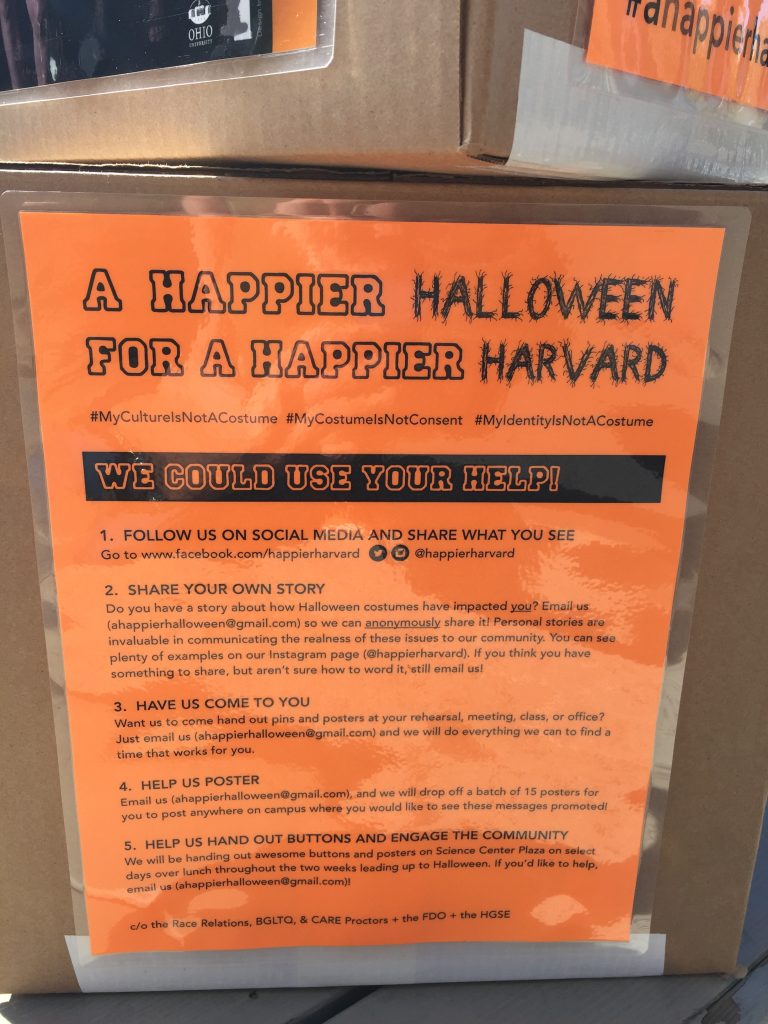What are the practical differences between Hillary Clinton and Donald Tump?
Due to the fact that my vote in Massachusetts doesn’t count and due to having predicted Hillary’s victory back in April 2015, I haven’t been paying too much attention to election news. Has anyone bothered to sift through the clutter to figure out what the practical policy differences might be between the two main candidates? Let me try to make an outline and then readers can fill in details.
Sources: https://www.donaldjtrump.com/policies/and https://www.hillaryclinton.com/issues/
Taxes
Trump wants to cut rates, bringing them down closer to Singapore’s, Ireland’s, etc. Hillary wants to raise tax rates, bringing them closer to what France charges.
(Federal Reserve shows that actual collections as a percentage of GDP haven’t varied much since the mid-1950s, despite wildly different headline rates, which suggests that the only way for the government to get more money is via Americans becoming wealthier (per-capita GDP growth) or by expanding population (more people to tax).)
Immigration
Trump wants to cut back on illegal immigration and redesign legal immigration to favor those who are likely to earn a lot and therefore pay a lot in taxes? Hillary wants to continue the expansion of immigration, especially from non-Western countries, that began under JFK. Essentially everyone who is currently in the U.S. illegally will be able to become a citizen, perhaps without paying a fee? (“Hillary will work to expand fee waivers to alleviate naturalization costs”)
Foreign Policy
Trump wants to stop poking Russia with a stick. Hillary thinks that we are clever enough to use our military and economic power to bend foreigners to our will.
Nation of Victims
Hillary promises to assist Americans with disabilities (but we’re already the world leaders in collecting disability benefits).
Hillary promises to assist Americans who are victimized by their self-identification as “women”: https://www.hillaryclinton.com/issues/womens-rights-and-opportunity/ says women will get paid more when they work, will get paid when they don’t work, and won’t have to divert any of this increased pay to contraceptives or abortions (which will be subsidized by taxpayers? But aren’t about half of them women?). [If identifying as a “woman” triggers the requirement for so much government assistance, wouldn’t an intelligent citizen simply identify as a “man”? Hillary promises to make changing your gender easier.]
Trump makes no corresponding promises.
Getting Taxpayers to Fund Your Kids
Trump says that anyone who can create or obtain custody of an additional child will pay less in taxes (see also Donald Trump’s child care tax deduction idea). He also promises some Federal money so that poor families can enjoy “school choice” (private schools, charter schools, magnet schools).
Hillary promises to pay parents for not working and the money will come from “making the wealthy pay their fair share–not by increasing taxes on working families.” (so a wealthy person can escape the higher taxes by having a W-2 job and being in a multi-person household? Or is that still not a “working family”?) Hillary promises free daycare (“preschool”) for all American kids starting at age 4. Child care will be limited to less than “10 percent of [family] income” (so a family with zero income can have 8 kids and park them in daycare 24/7 at taxpayer expense?)
Hillary leads with “no child should ever have to grow up in poverty” and then provides details. If we take her at her word, anyone can escape poverty by having a child since (a) the government doesn’t want to take kids away from parents, or at least not the mother, and (b) the child cannot be lifted out of poverty without giving the parent(s) an above-poverty-line lifestyle. Another implication of this philosophy is that people without jobs can have an unlimited number of children, assured that taxpayers will take care of these kids through adulthood (and beyond?).
Summary: Trump wants people with jobs to have more kids; Hillary wants people without jobs to have more kids.
Related: The Son Also Rises: economics history with everyday applications (successful people tend to have successful children, but not because of inherited wealth)
Appointing Judges
Hillary will find liberal judges to bless everything that the Great Mother in Washington does for her children? Trump will let his sister (a Federal appeals court judge) pick boring, but competent, people?
Gun Nuts (subsection of “Appointing Judges”?)
Hillary promises to torture gun nuts with paperwork and regulation. Men who’ve been defendants in custody or child support lawsuits won’t be able to own guns because it is conventional for female plaintiffs to accuse them of domestic violence and Hillary says she will “stop domestic abusers from buying and owning guns.”
Trump says that he will appoint Supreme Court justices who will continue with the current interpretation of the Second Amendment (i.e., that ordinary citizens can have guns).
Health
Hillary will cure Alzheimer’s, Autism, and HIV/AIDS (see the top-level issues page), but mental health problems are too tough to be erased with Federal dollars? And cancer has already been beaten by Obama’s “moonshot”? (Not to be confused with Nixon’s “War on Cancer”)
Trump doesn’t promise any advances in medicine or science.
Business and Trade
Hillary will make it illegal for an American to get a job paying less than $15/hour (Labor). She will “say no to trade deals, like the Trans-Pacific Partnership…” Hillary will help small businesses (but not if they want to hire anyone at less than $15/hour) and radically change the American legal system for handling contract disputes, at least when it is a big company and a small company fighting (her plan). [Hillary doesn’t explain why a big company wouldn’t then just try to avoid contracting with small companies. Or perhaps have an overseas division contract with a small company overseas rather than subjecting themselves to the new tilted playing field.]
Trump also will bail out on “the Trans-Pacific Partnership, which has not yet been ratified.” (Trade) He promises to harass China and Mexico (but not Canada?). He complains about Mexico having a value-added tax (but the U.S. will need one soon too given how we spend!).
Is that it?
Readers: Are the above the main substantive differences between what the candidates propose to do? If not, please add some more sections via comments below.
[Note that I’m specifically ignoring statements about K-12 education because there isn’t much that a federal politician can do about state-run schools. I’m also ignoring the questions about personal character that have been raised, e.g., Trump’s comments about what American women will do for guys who are rich and/or famous and the Clinton dynasty’s billion-dollar revenue stream from selling access and influence. The question is what these two would do as part of the job of President assuming that (a) one of them wins, and (b) whoever wins delivers on promises made to voters.]
Full post, including comments


